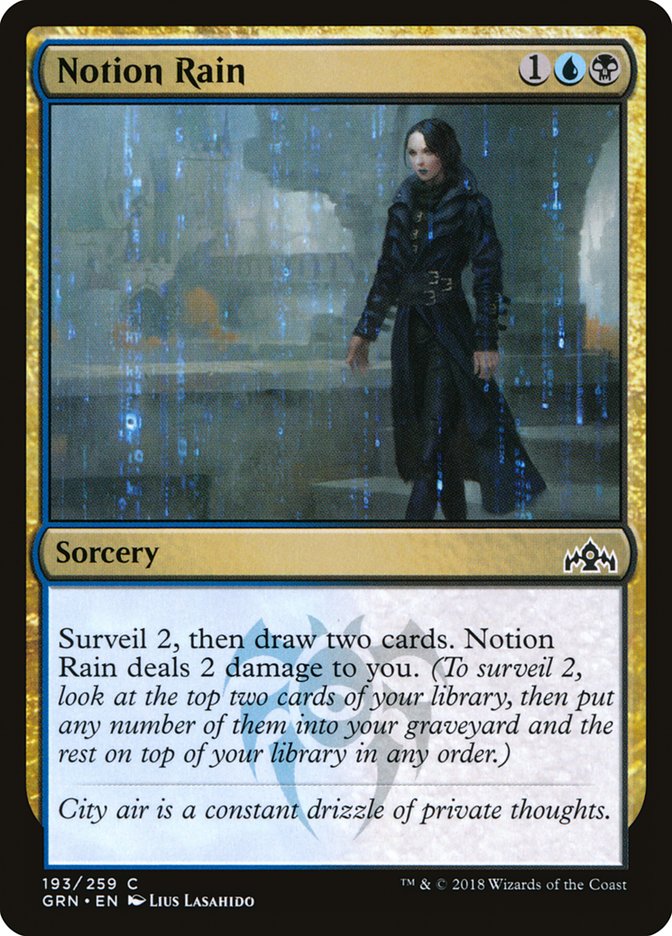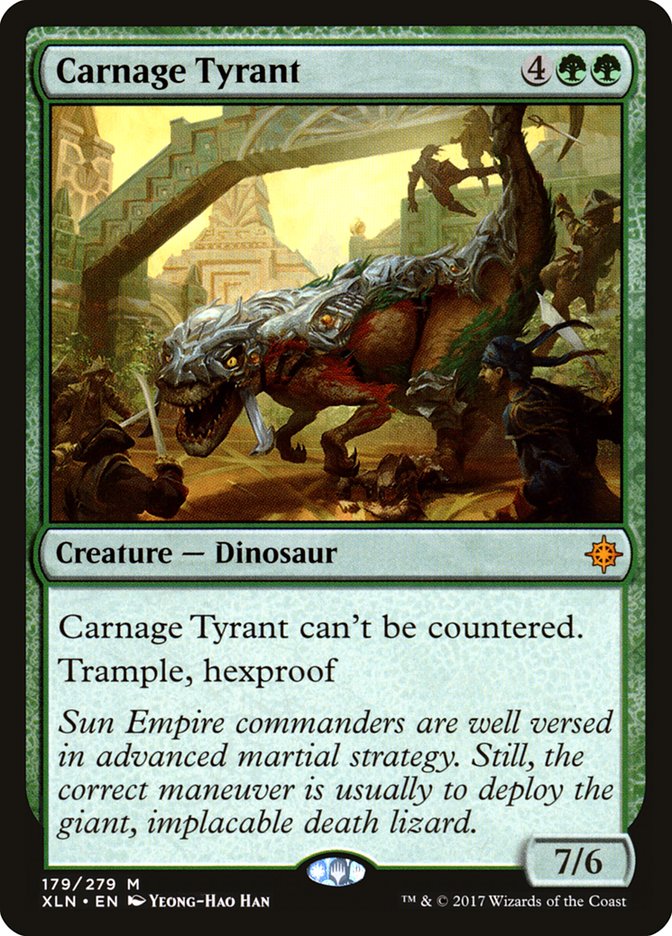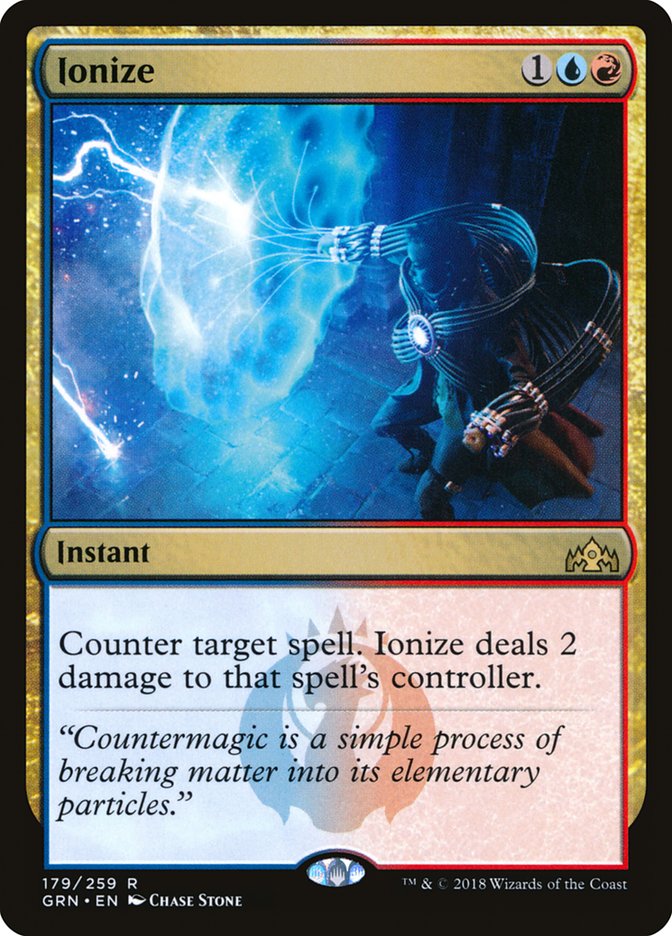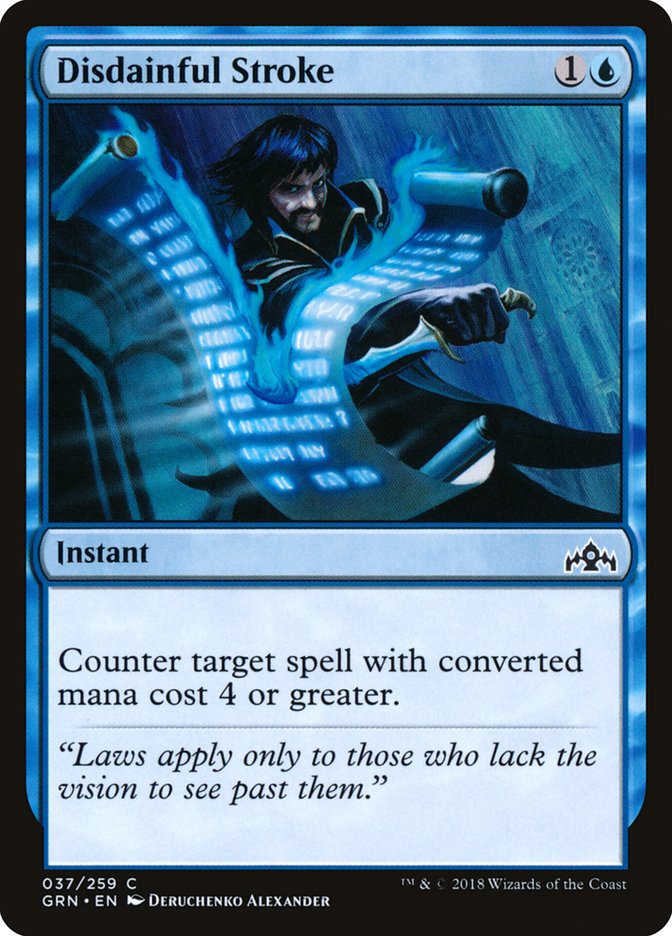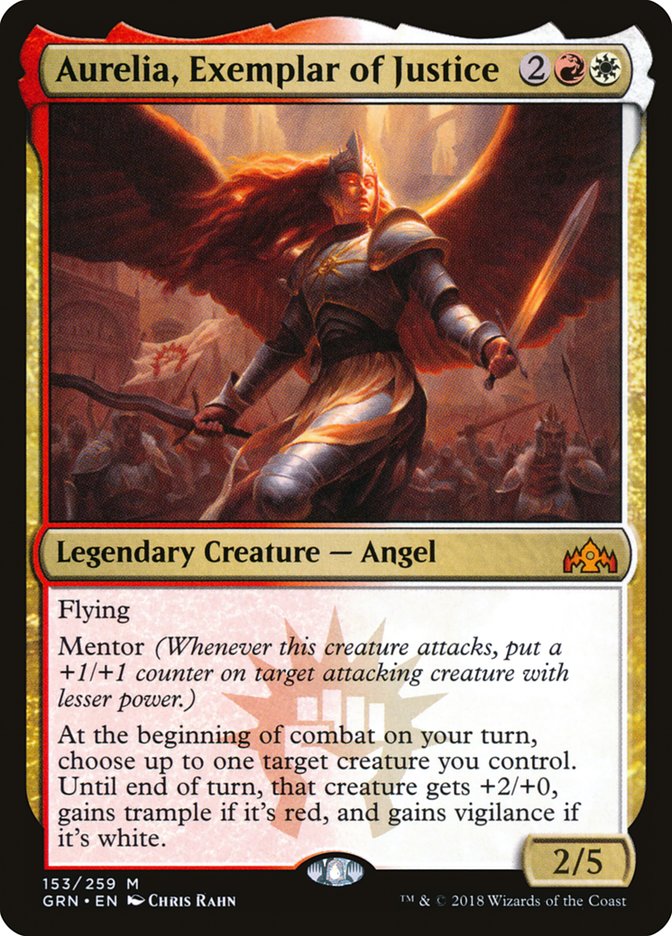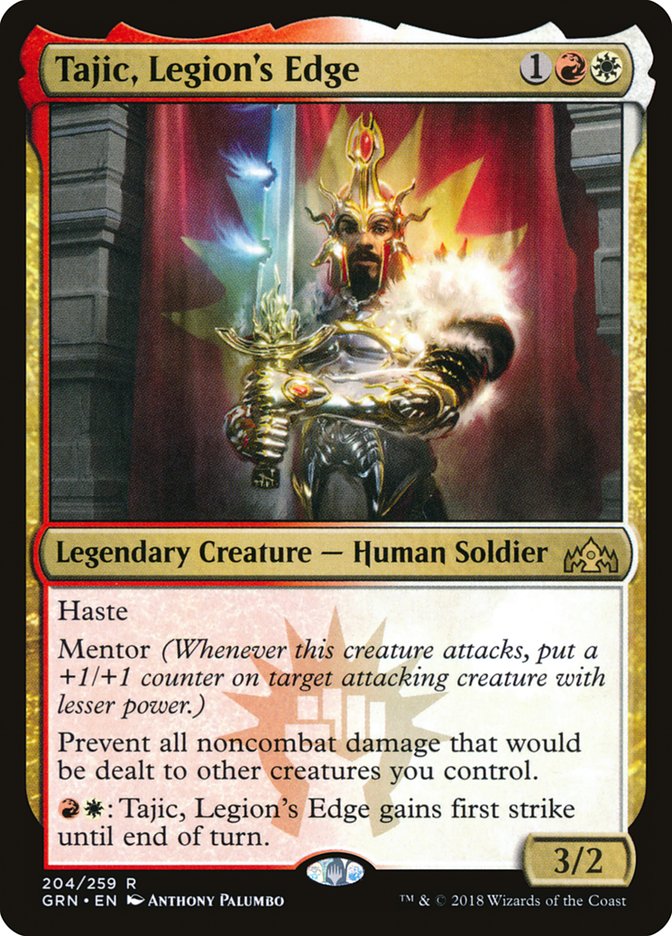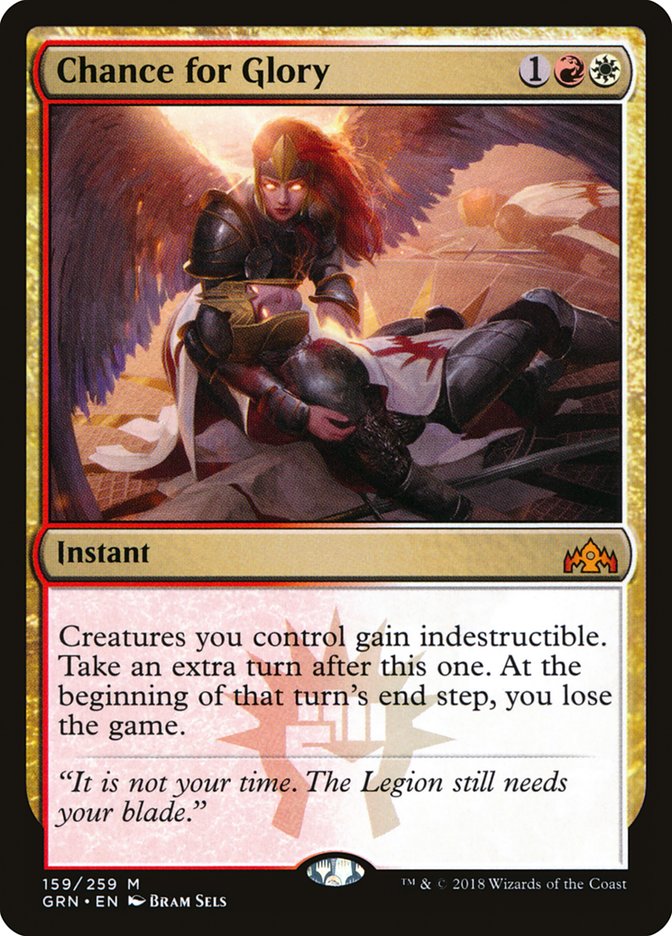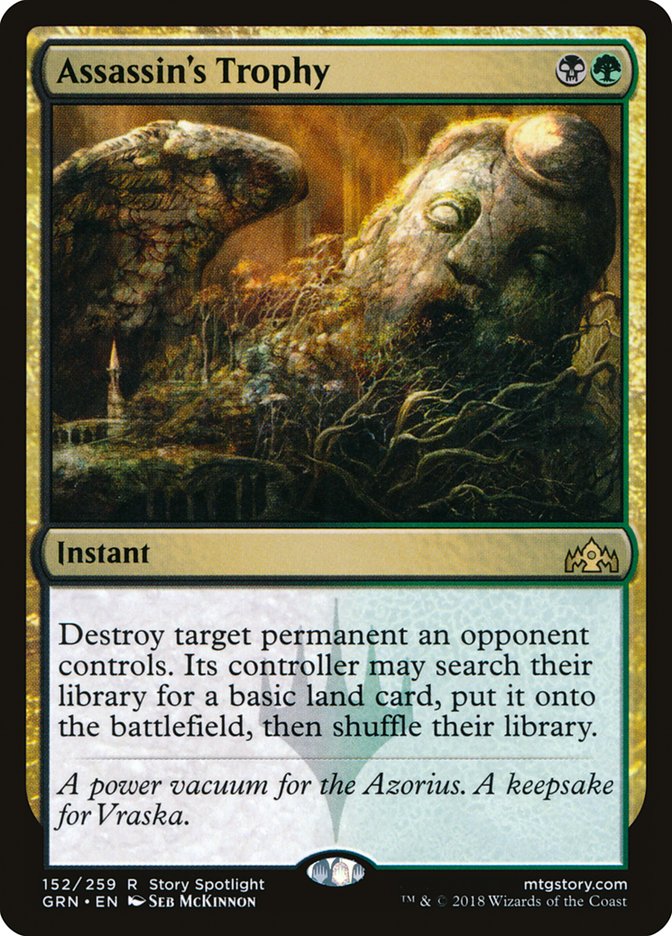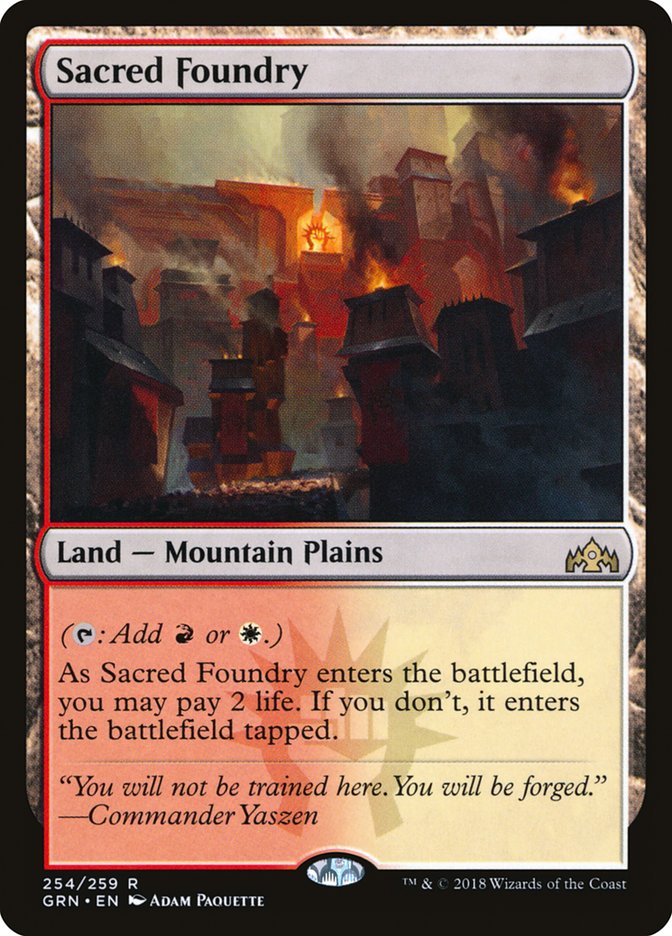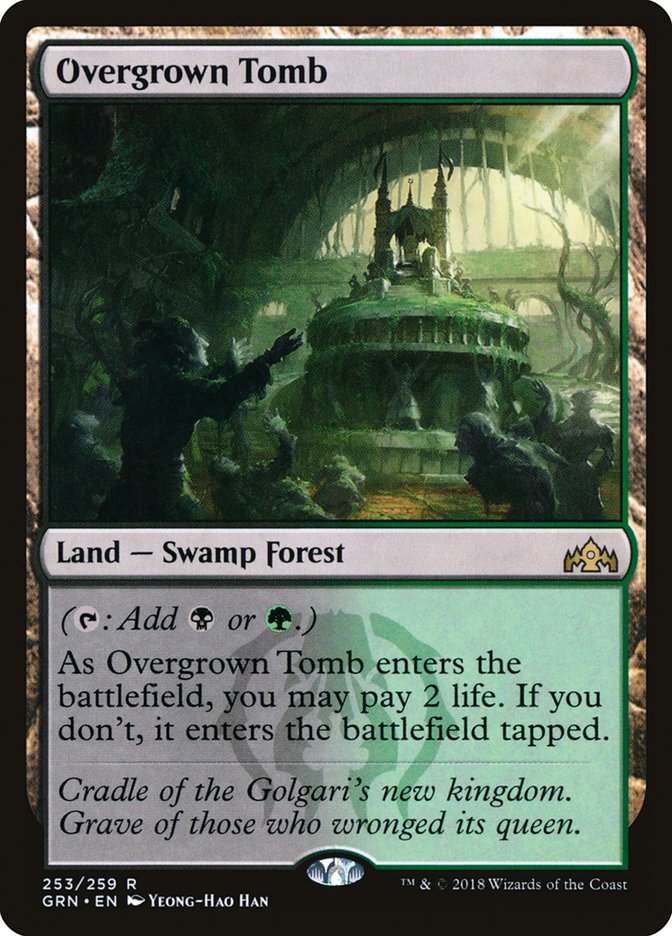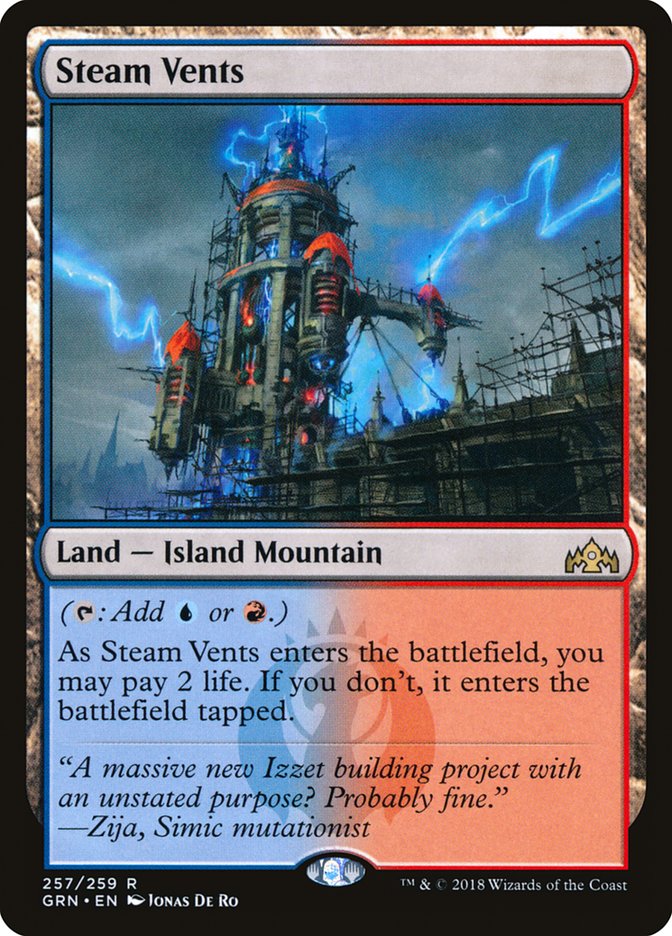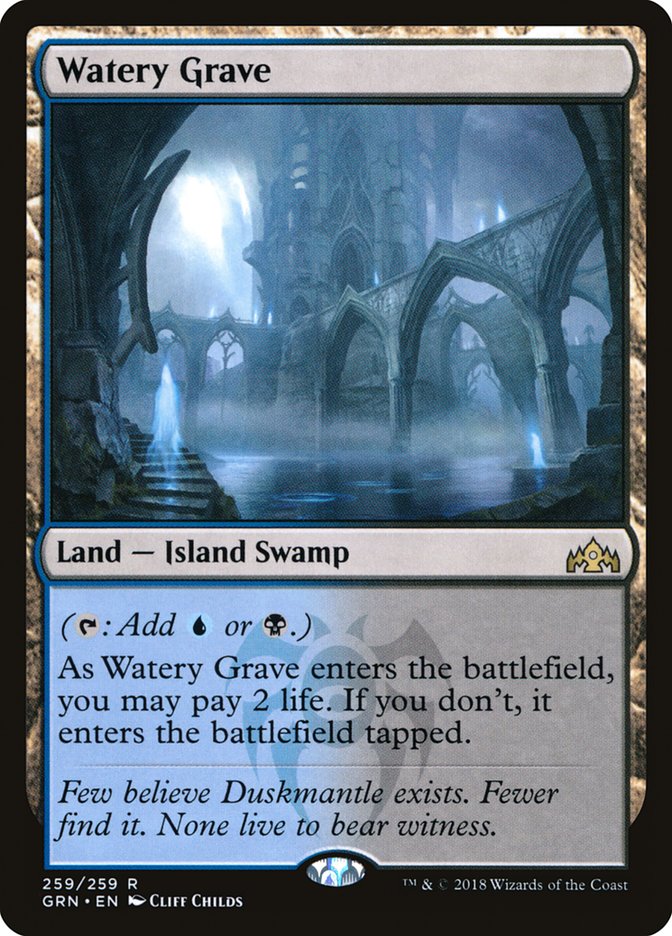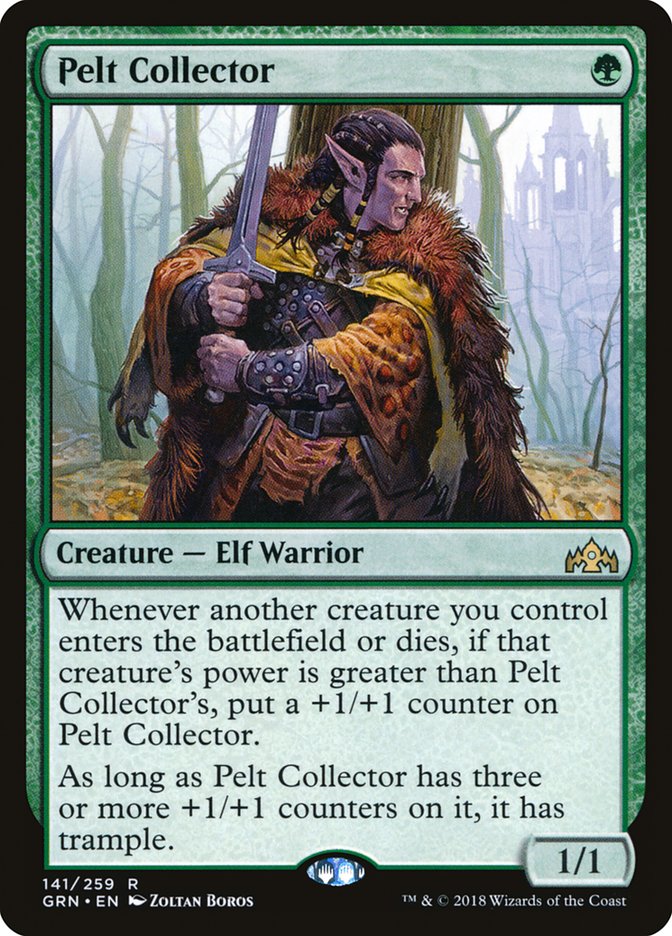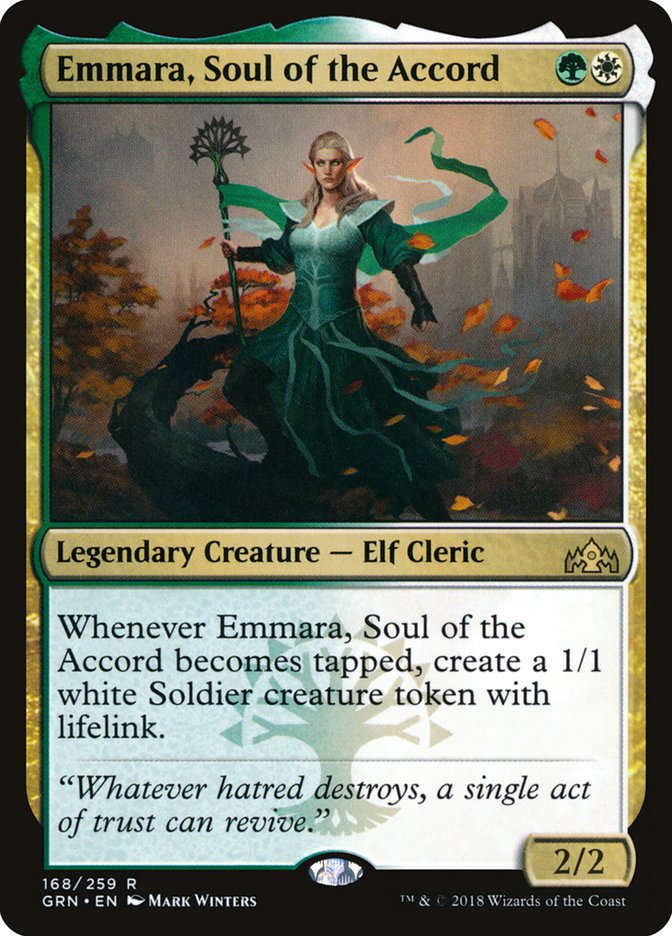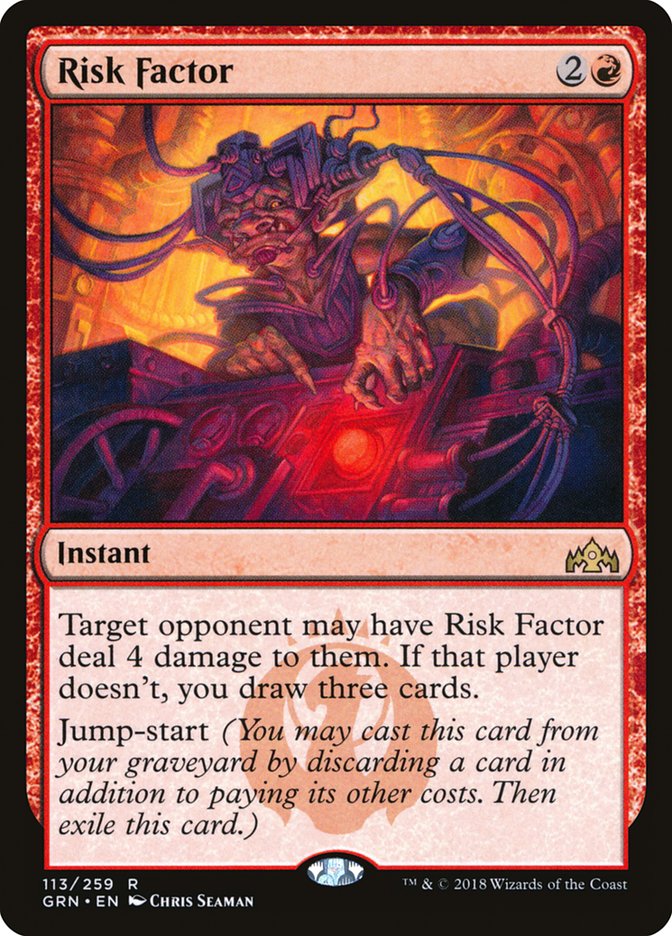Writing about the cards I love is an easy task. Previews come out, the
excitement kicks in for each sweet control option, and pen hits paper
naturally. I believe I could write an entire article on just Notion Rain,
breaking down the design, mechanics, game flow, land drop implications,
life loss cons, ways to offset those life loss cons, and playing the card
as a five-drop and allowing yourself to have the remaining two mana to
interact with your opponent.
That possible run-on could have gone on for another few hundred words, and
it’s not because I can rant easily about any topic. Happy control thoughts
flow in my brain when introduced to a new variable in competitive play
puzzle. It is why I love my job here at StarCityGames.com, as well as the
reason I’ve had the stamina to write strategy articles for the last eleven
years.
There’s a topic I’ve wanted to write about for quite some time. With all
the positivity of new cards, there’s some negativity that comes with each
new set. Usually I don’t mind chatting about the gaps in development from
the powers that be, missing easy role-players to make control viable, which
effectively makes the metagame healthy. This could be a strong
counterspell, cheap removal spell, strong battlefield sweeper, or a decent
card-draw spell. Missing cards in the archetype can be frustrating, but it
doesn’t have me tossing and turning at night.
When Carnage Tyrant was printed and Andrew Brown said it was a “check on
control for the health of the format”, I vomited just a little. There are
cards printed like this one that create noninteractive gameplay and take
from the beauty that is Magic. In Guilds of Ravnica, there are no
monstrosities like this one, but there are some cards that make me cringe
at the thought of playing against them for an extended period of time.
Let’s chat about the top ten Guilds of Ravnica cards that haunt my
dreams and that should scare all my fellow control enthusiasts out there.
10. Ionize
The first two cards on this list of horror don’t terrify me. These
traitorous blue cards have to be monitored in case an aggressive deck takes
on blue as a support color. When this occurs, this style of deck is
historically a brutal matchup for control. Ionize is a card that can
continue the evil gameplan of red, pressuring your life total while
preventing any later answer from the control hero. It’s an easy to cast
spell, neutralizes unconditionally, and delivers a shock to the system.
Ionize lands at number ten because there’s another blue disruption spell
that has been used for evil more than good in the past.
9. Disdainful Stroke
Disdainful Stroke was used in the midrange Abzan decks of old, splashing a
fourth color to deal a crushing blow to control players trying to play fair
with expensive responses. It was used in other midrange decks as well, but
I have a vivid memory of an embarrassing loss on camera to Hunter Nance in
an SCG Tour event years ago. The ability for decks to drop multiple threats
and prevent a sweeper for two mana is scary, and it’s a strategy that will
be deployed in the near future. The reason why Negate doesn’t serve the
same purpose is versatility. Midrange decks thrive on powerful sideboard
cards that can be used across the aisle, handling multiple matchups at the
same time. Disdainful Stroke was notoriously good in their mirrors as well
as against control foes. Every light side force user out there will be
using Disdainful Stroke for good, but I know how this story ends. Expect a
lot of decks, especially when the rest of the shocklands are printed, to
terrorize us with our own weapon.
8. Aurelia, Exemplar of Justice
Creatures that have been good against control decks of the past meet
certain criteria. Being able to enter the battlefield with an effect, have
an effect when removed, protected against traditional removal, producing
card advantage, or dealing a burst of surprise damage have all been traits
of a card I hate to see. With Boros being one of the main guilds in Guilds of Ravnica, you can expect the burst damage ability making
our lives difficult in the near future.
Aurelia, Exemplar of Justice isn’t a ton of damage the moment it enters the
battlefield. However, on the next turn it will punish anyone who allowed it
to remain. Typically cards like that are easy to deal with, as we cast a
simple Doom Blade as an answer, but you’re are quite aware that we don’t
have sweet cards like that anymore, so Vraska’s Contempt and Price of Fame
need to step up to the plate. Having five toughness makes it immune to a
good amount of conditional removal that we’re forced to play in the
maindeck and while Moment of Craving is a strong option for game 1
nowadays, it’s not very effective against most threats from turn 3 on.
White-based control decks have ways to clear the battlefield in chunks –
most notably Cleansing Nova – so that’s an option as well to stay ahead of
the format’s newest Angel.
7. Tajic, Legion’s Edge
Tajic, Legion’s Edge is a more traumatic card for opposing control players.
It’s easy to kill but hurts us with haste. Haste is the trademark ability
attached to red cards that makes our life totals dwindle, so our removal
must answer that keyword. Vraska’s Contempt was a required removal spell to
answer indestructible creatures but those don’t exist in high numbers
anymore. Seal Away is a clean answer for Tajic and for most of its Boros
brethren. That makes both Azorius and Dimir color combinations viable for
the beginning of the new Standard season. Most of you are aware that I side
with Esper currently to nab the power of black removal and Teferi, Hero of
Dominaria, but it’s definitely not the only option that will lead to
tournament success.
6. Chance For Glory
Chance for Glory may seem goofy to many of you, but it honestly scares me.
We all had a good laugh at aggro players when they gave their team hexproof
and indestructible in the past because we weren’t casting sweepers then.
Dimir was the control deck of choice for most of the community, and there
wasn’t a need for a wrath-effect. Heroic Intervention saw very little play
and was a much better card than Chance for Glory. I think that Chance for
Glory will also see minimal play, but I fear that the next set will provide
Azorius with the sweeper of our dreams. I’m not expecting Supreme Verdict;
however, I do think they will throw a bone to the control fans out there
with something almost as good. I think we’ll be able to safely massacre our
opponent’s creatures in one clean action, but cards like this in the format
increase the level of anxiety by a notch.
5. Assassin’s Trophy
The best removal spells of all time should always be in the hands of a
control mage. Assassin’s Trophy may be better than all destroy effects of
the past, but is a combination of colors that makes it a long shot for us
to play. While Teferi, Hero of Dominaria exists, it will be pretty tough to
play a shard that utilizes Golgari anytime soon. The win conditions for
white are too good to ignore so expect Assassin’s Trophy to be cast on our
permanents for quite some time. I’m not here to complain that this card
isn’t ours, but to point out the fear I have for its existence in Standard.
A two-mana answer to Teferi, Hero of Dominaria is terrifying. The only win
conditions I plan on playing for a while are planeswalkers and they are
usually quite sturdy permanents. Their advantage of being hard to remove is
the cornerstone of new age control. The drawback of providing the recipient
a basic land is negligible, and I have already felt the pain while battling
against a few midrange decks that employ these assassins. This isn’t game
over, but just another thorn in the side of team control.
4. The Shocklands
This random assortment of shocklands made me hyperventilate a tad when
previewed. When I saw Watery Grave, I was excited for a moment because the
ally colored wave was about to crash in. But that wasn’t the case. Without
Hallowed Fountain, the Esper manabase, as well as Azorius, would be
atrocious. Grixis is an option that we have with this random assortment of
lands, but there are only two playable red cards in all of Standard for us
at this point – Nicol Bolas, the Ravager and Lava Coil. The cringe that
consumes comes from the clunky mana that we must endure. I don’t want to
lie to you great people out there – the manabase for all viable control
decks looks grim, but the payoff is huge. We have the best card in
Standard, and our difficult task that lies ahead is simply to cast it.
3. Pelt Collector
Pelt Collector gives me the same night terrors Experimental One did. One
drops that hit like a truck are terrifying and this creature has that
capability. Llanowar Elves is still the scariest start, but Pelt Collector
gives an alternative path to victory by having a clock assigned on the
first turn of the game. The lower to the ground these aggressive decks get,
the more we have to look to white as a way to reset the battlefield.
2. Emmara, Soul of the Accord
Voice of Resurgence is gone, but its soul remains in Standard. Emmara, Soul
of the Accord isn’t as powerful as the mythic two-drop of old, but it’s
very strong against control strategies. This makes number two on the list
for a few reasons. First off, it creates additional threats if not removed
from the battlefield immediately, as two-mana creatures that produce more
creatures scare the heck out of me. The second saddening ability is its
creature type. Legends are not much harder to deal with due to the removal
options that are available to us, but Cast Down is the required removal
spell for black-based control and misses the mark on this one badly. Seal
Away is also ineffective because of the threat left behind. Selesnya isn’t
the aggro deck that I’m scared of the most at this moment, but they have
some tools to punish the slow decks of the format.
1. Risk Factor
In
last week’s Fact or Fiction,
I ranted about the strength of this punisher card. I was in the minority
then, but I don’t think I’m in the minority now. Players have had a taste
of Risk Factor in Limited and Constructed, realizing how much more powerful
it is than Browbeat ever was. It being an instant that creates an
impossible decision at end of turn makes it a premier nightmare for control
players. The jump-start add on is ghastly also, but not what makes it a
knock out against us. Red decks can drop our life to such a low total that
we don’t have a choice and they gladly draw six cards over a short period
of time. Browbeat, in its limited play, gave red players a desperate three
cards with very little mana to work with. Risk Factor has a low cost, ton
of play, and a clear, inherent advantage against control decks.
I never thought that the card that would keep me up at night was an
upgraded Browbeat, but here we are, friends.


